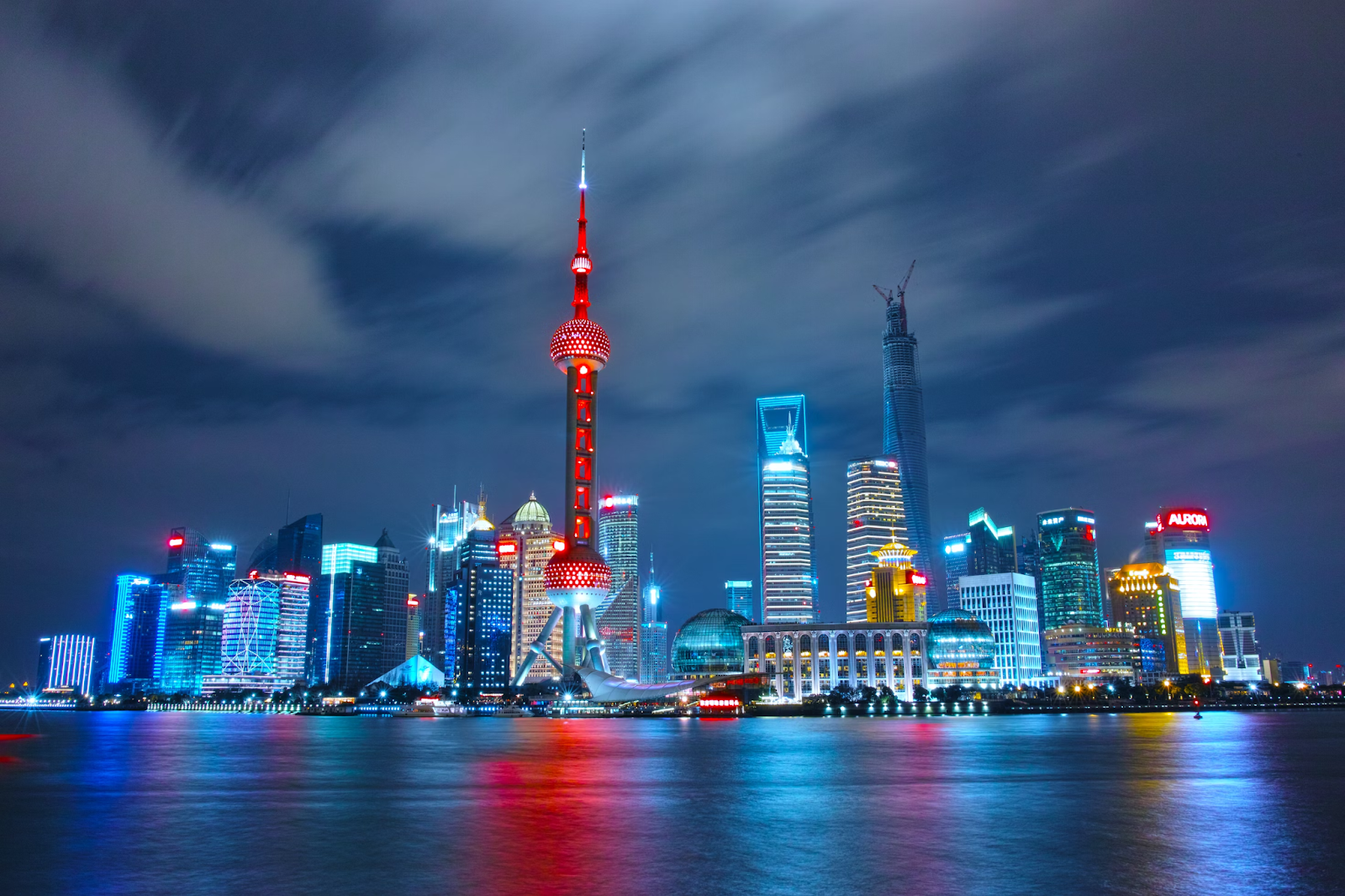MACRO – A GLOBAL PERSPECTIVE
Shifting Tides: The Transition of Global Manufacturing from China to the United States
History of the US-China Manufacturing Relationship
In recent years, we’ve witnessed a profound transformation spurred by the dynamic shifts in global foreign policy, catalyzed by the escalating prominence of China. The roots of China’s remarkable growth can be traced back to a pivotal moment in the 1970s when the landscape of U.S. foreign policy underwent a seismic change. This strategic maneuver aimed at securing access to the Pacific and establishing a commanding presence in the region, strategically poised to counterbalance Soviet influence. The decision to open the doors of the U.S. economy to China during that epoch was nothing short of a watershed moment. It laid the foundation for China’s meteoric rise, setting the stage for its unprecedented economic ascent which we see today. The ripple effects of that strategic alignment are still felt today, as we navigate a complex global arena shaped by the consequences of past decisions and the ongoing interplay of geopolitical forces.
In the 1980s, a discernible trend unfolded in American corporate strategies, marked by the outsourcing of manufacturing to economically advantageous countries, including China, India, Malaysia, Pakistan, and Vietnam. This trajectory gained momentum in the subsequent decade, particularly the 1990s, witnessing an intensified influx of foreign firms relocating their production hubs to the Middle Kingdom (China). The appeal of China as a destination for such endeavors lies in a confluence of factors: the allure of a cost-effective labor force, a regulatory environment with policies conducive to foreign investment, access to one of the largest consumer markets globally, and the strategic positioning of China as a geographical nexus between Asian and European markets. The availability of a skilled, educated, and well-resourced talent pool further solidified China’s status as an attractive investment destination. According to the China Briefing, the ramifications of these strategic moves are evident, with a staggering 8,619 U.S. companies currently operating in China, and 1,992 U.S.-owned subsidiaries strategically positioned in the heart of this economic powerhouse. As we dissect the intricacies of global business dynamics, these statistics underscore the profound impact of foreign policy decisions made decades ago have on the contemporary corporate landscape.
Changing Geopolitical Reality
China’s waning influence in upholding a robust U.S. manufacturing base can be dissected through the lens of a nuanced interplay of critical variables. First and foremost, the Trump presidency etched a defining chapter, characterized by the amplification of geopolitical tensions with China. The implementation of tariffs and the crescendo of trade disputes injected a palpable aura of uncertainty into the bilateral economic dynamics. In response, U.S. manufacturers found themselves compelled to recalibrate their reliance on China as the epicenter of their production activities, meticulously reassessing the strategic underpinnings of maintaining an extensive manufacturing footprint within the Middle Kingdom.
Adding to the narrative is the seismic global perturbation brought about by the Covid-19 pandemic. The ensuing disruptions across the intricate tapestry of global supply chains laid bare the vulnerabilities inherent in overreliance on a singular manufacturing hub, notably China. Enterprises across the U.S. and West grappled with production halts, logistical delays, and material shortages, prompting a fundamental reevaluation of the current supply chain paradigms. This upheaval acted as a catalyst, propelling businesses towards a paradigm shift, favoring the diversification and regionalization of supply chains. This, in turn, ushered in a discernible trend of reconsidering the concentration of manufacturing activities in the once-unchallenged domain of China.Simultaneously, a metamorphosis within China’s cultural and economic landscape has exerted insistent pressure on U.S. manufacturing entities to contemplate strategic relocation. As China advances into a realm of heightened technological sophistication and burgeons into a higher-cost economic milieu, the erstwhile comparative advantage of low-cost labor begins to recede. The evolving economic dynamics, coupled with shifts in the regulatory environment, have elevated operational costs for foreign enterprises. Concomitantly, China’s refocused emphasis on domestic consumption and technological innovation has induced a strategic recalibration among U.S. manufacturing firms. This confluence of factors, coupled with an imperative need for proximity to markets, has fueled a burgeoning trend: the resurgence of reshoring and the strategic relocation of manufacturing operations back to the U.S. or adjacent regions, such as the dynamic landscape of Mexico. In essence, this narrative unfolds as a symphony of strategic adaptations, charting a course through the intricate maze of global manufacturing dynamics.